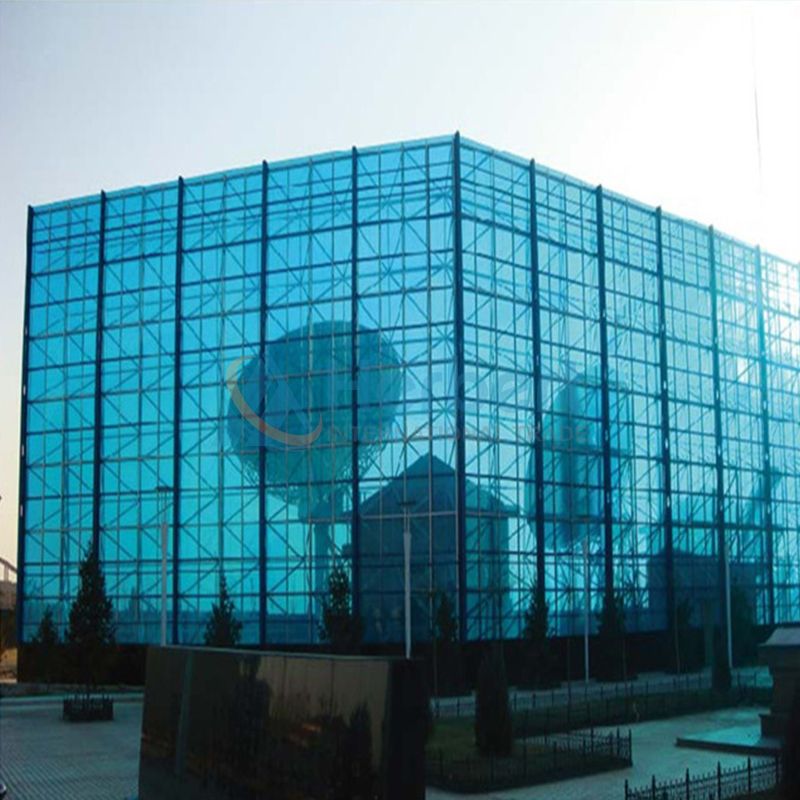Your Position: Home - Construction & Real Estate - How is curtain wall installed?
Curtain wall installation is a complex process that involves assembling and attaching a non-structural exterior wall system to the building's structural framework. Curtain walls are commonly used in modern architectural designs to create a transparent or semi-transparent façade that allows natural light to enter while providing protection from the elements. Here is an overview of the typical steps involved in curtain wall installation:
1. Design and Planning:
Architects and engineers collaborate to design the curtain wall system, considering factors such as aesthetics, structural support, wind loads, thermal performance, and material selection.
Detailed shop drawings and specifications are created, including the layout of framing members, glass panels, and other components.
2. Preparation and Fabrication:
Curtain wall components, including framing members, glass panels, infill materials, and sealants, are fabricated off-site according to the design specifications.
Quality control measures ensure that all components meet industry standards and project requirements.
3. Site Preparation:
The building's structural frame is prepared to receive the curtain wall system. This may involve cleaning the substrate, installing anchor points, and making any necessary adjustments.

4. Installation of Anchorages:
Anchorages, such as brackets or clips, are attached to the building's structural frame. These anchorages serve as the points of connection for the curtain wall system.
5. Installation of Framing:
Vertical and horizontal framing members, often made of aluminum or steel, are attached to the anchorages. These framing members create the framework onto which the glass panels and other infill materials will be attached.
Mullions (vertical framing) and transoms (horizontal framing) are installed, creating the grid pattern that defines the curtain wall's appearance.
6. Glazing Installation:
Glass panels or other infill materials are installed within the framing grid. The glazing is typically held in place using gaskets, pressure plates, and/or clips.
Sealant joints and weatherstripping are applied to ensure a watertight and airtight seal between the glass panels and framing.
7. Integration of Components:
Additional components, such as insulation, spandrel panels (opaque panels used to conceal building features), and sunshades, may be integrated into the curtain wall system as needed.
8. Testing and Quality Assurance:
The installed curtain wall system undergoes various tests to ensure its structural integrity, weather resistance, and thermal performance. These tests may include water infiltration tests, air leakage tests, and thermal imaging.
9. Finishing and Detailing:
Final finishing touches, such as the application of sealants and protective coatings, are applied to enhance the appearance and performance of the curtain wall.
10. Inspection and Handover:
The completed curtain wall system is inspected to ensure it meets design specifications and industry standards.
Once approved, the curtain wall system is handed over to the building owner or developer as part of the overall construction project.
It's important to note that curtain wall installation may vary based on the specific design, materials, and project requirements. Proper coordination among architects, engineers, contractors, and curtain wall manufacturers is crucial to ensure a successful and efficient installation process.
217
0
0
Comments
All Comments (0)